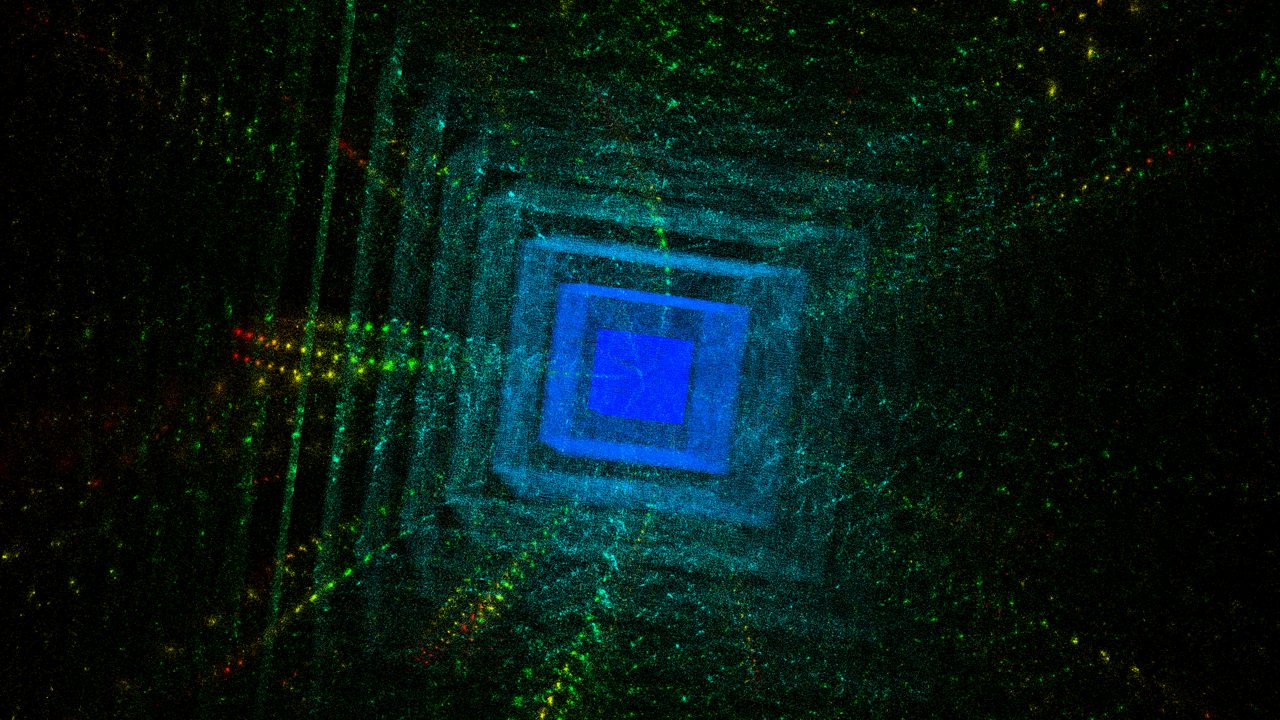Halos in a Dark Sky: Visualizing the Universe
June 24th, 2015
Categories: Visualization

About
EVL PhD candidate and Research Assistant, Kyle Almryde discusses the Dark Sky Universe simulation and the development of a Dark Matter Halo visualization.
Abstract:
SciVis 2015 is upon us and with it, the annual visualization challenge. This year’s contest focuses on the visualization of the Universe using the Dark Sky simulations, a large-scale cosmological N-body dark matter simulation, provided by researchers at Stanford University. Large scale cosmological simulations make up a core part of our understanding of the known Universe since the &lsuo;Big Bang’' to today some 14 billion years later; with the best of these simulations showing results consistent with those actually observed by astronomers in the night sky. The Dark Sky dataset simulates the formation of structure of the Universe through time via 10240^3 dark matter particles. Through gravitational interactions these particles form complex structures known as &ldquo'halos”, which may represent galaxies or even clusters of galaxies. As these halos expand, split, merge, grow and collapse, the structure of the Universe grows along side it. Visualizing these transformations undergone by halos over time can offer a more informed understanding of future observations of the night sky by researchers. My talk will focus on the development of a Dark Matter Halo visualization which examines the evolution of the structure and interaction of these cosmic objects through time.